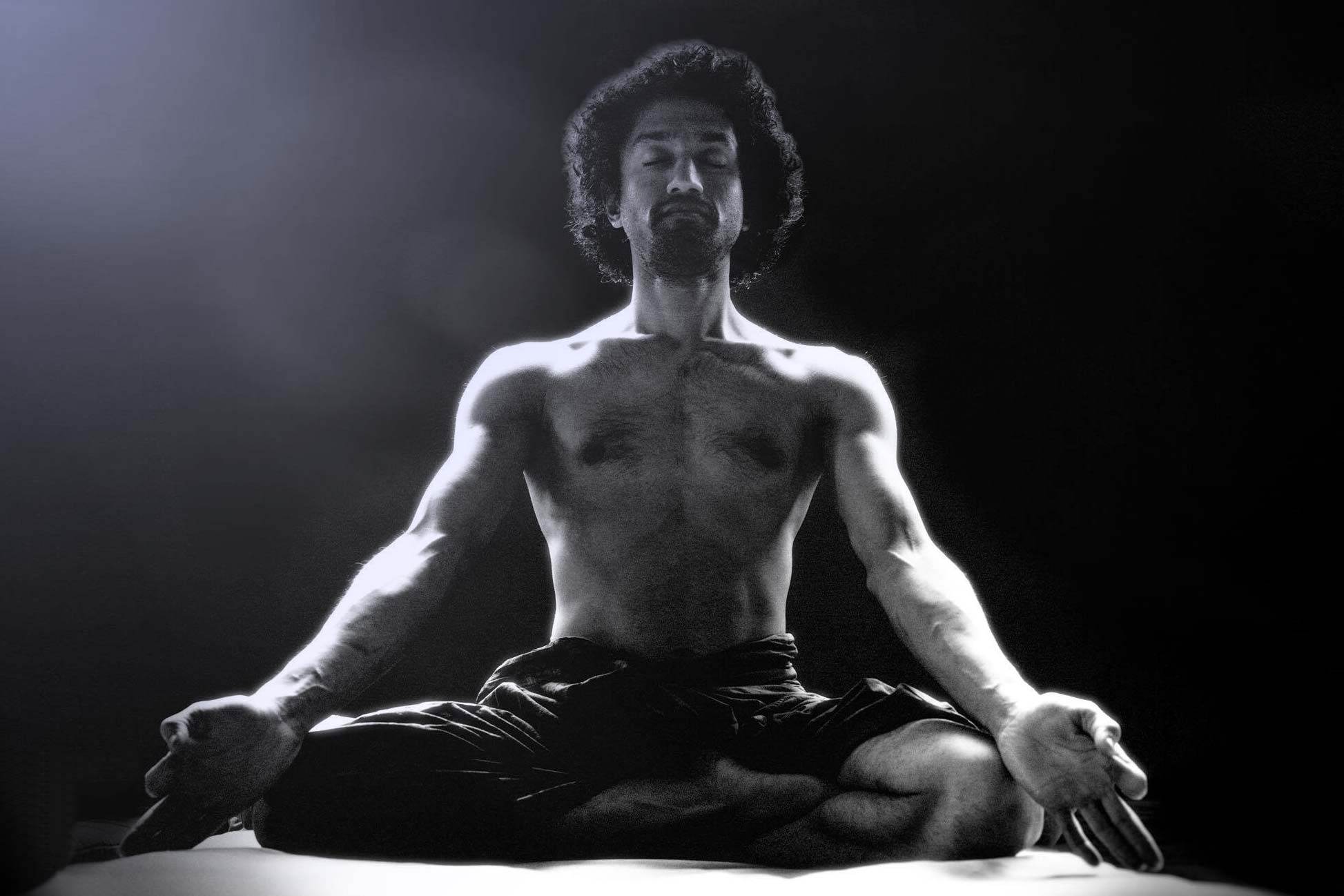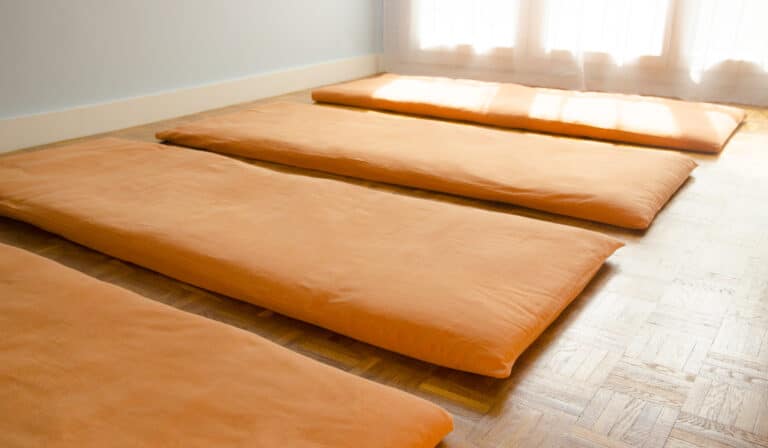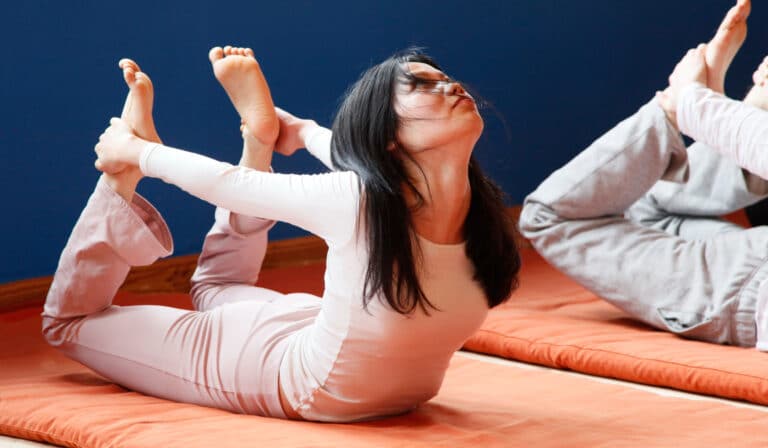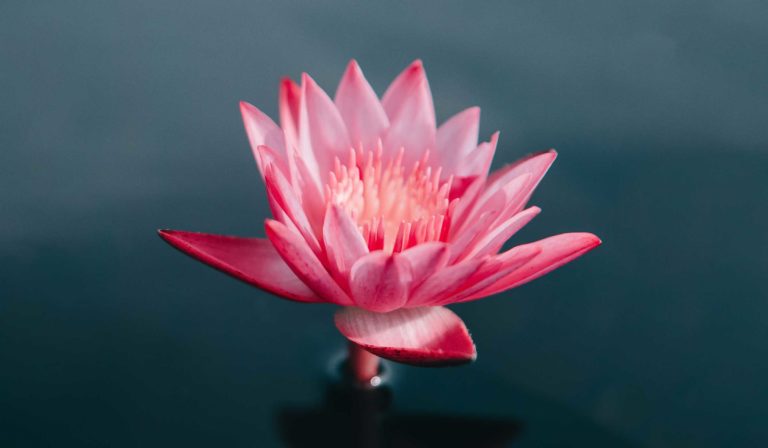Photo by courtesy of Anandananda
Hatha yoga is a term that people use to describe the yoga from which modern postural yoga is derived. When a yoga class is called “
The meaning of the word
The yogi and researcher Dr James Mallinson wrote the entry on hatha yoga in Brill’s Encyclopedia of Hinduism. According to him, the term
Doesn’t hatha mean sun and moon?
You might have heard that “ha” and “tha” mean sun and moon. This comes from the 14th-century text Yoga Bija which gives hatha yoga an esoteric meaning that appeals to many contemporary yoga teachers.
“The letter “Ha” in the term “Hatha” signifies the flow of prana breaths in the solar nadi, and the letter “Tha” signifies the flow of prana breaths in the lunar nadi. When sun and moon become one during pranayam, breath simultaneously passes through both nostrils. The pranayama sadhana is termed as Hatha yoga sadhana.”
Yoga Bija vers 158, Translated by Dr Brahmamitra Awasthi of the Swami Keshwananda Yoga Institute
I have seen many creative interpretations of what the sun and the moon represent in this context. But when one reads this verse it is clear that the author of Yoga Bija is referring to Ida and Pingala
Though balancing Ida and Pingala is common practice in hatha yoga, the Yoga Bija
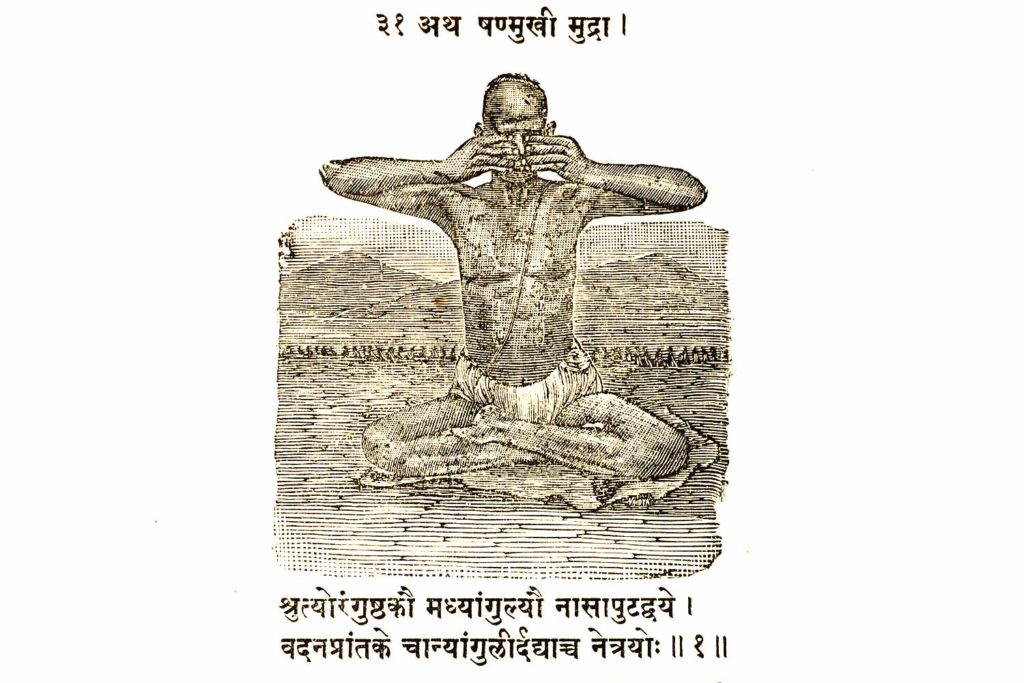
Medieval Sanskrit texts
Without revealing too many details, the medieval yogis wrote down clues about their practices. Dr Mallinson holds that the first texts to describe hatha yoga systematically and to call it by that name are the Dattatreyayogasastra and Goraksasataka, both 13th-century texts.
In David Gordon White’s book Yoga in Practice, there is a translation of the entire Goraksasataka.
These texts are not actual manuals because they are not detailed enough to transmit real practices. In fact, they often emphasise the need to keep the methods secret to preserve their power. They also highlight that a correct transmission can only take place through a guru. My own teacher, Swami Janakanada, used to say that they are inspiring reminders for practitioners. Others believe that they were written down to mark the authority of the gurus and lineages who produced them.
The most well-known text on hatha yoga is the Hatha Yoga Pradipika by a yogi called Swatmarama. It is a compilation of older writings and researchers date it to the 15th century. According to Dr Mallinson, it includes verses from at least twenty earlier texts, mainly from Dattatreyayogasastra and Goraksasataka.
During its heyday, hatha yoga had a significant impact on yoga throughout India. Many texts were written after the Hatha Yoga Pradipika. Around the 17th century most other yoga currents had absorbed the practices of hatha yoga and made it their own. Evidence of this is the creation of the Yoga Upanishads that borrowed heavily from earlier hatha yoga texts.
The psychic dimension
The energies of the subtle body, invisible to the naked eye is the point of departure for hatha yoga. The metaphors describing these energies seems to have evolved over time. In the earliest formulations, the goal of the practice was to raise and preserve the essence of life. This essence is bindu (semen) in men and, as mentioned only occasionally, rajas (menstrual fluid) in women. Bindu was imagined as dripping down from the head and being used up.
Preservation and sublimation of bindu had been part of ascetic practices for much longer. This is one reason why Mallinson thinks hatha yoga comes from an ascetic milieu.
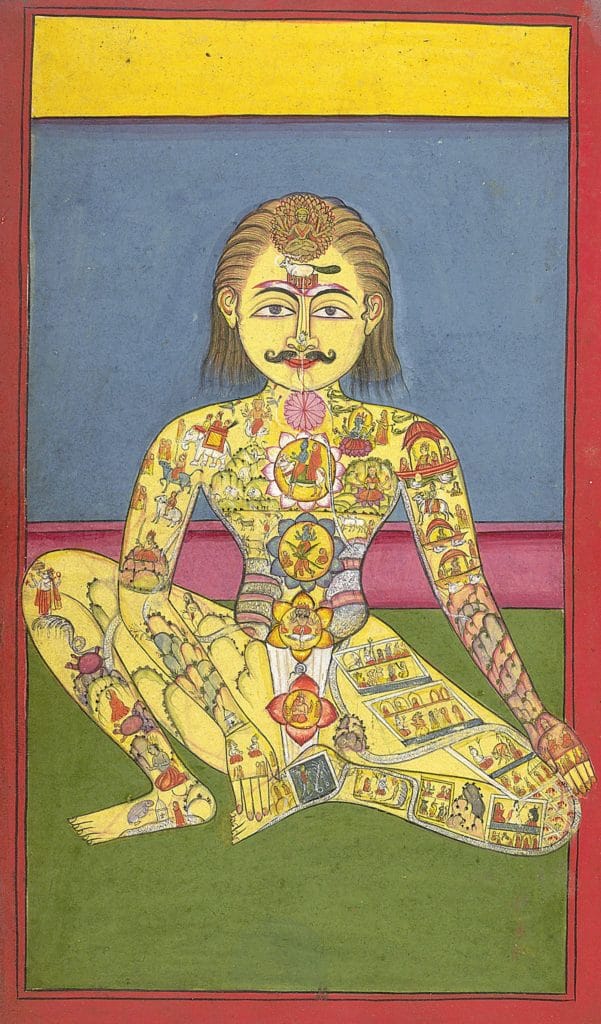
In later texts, the tantric metaphors of chakras and kundalini are added to the system based on bindu. Kundalini is a dormant energy situated at the base of the spine. When she awakens, she rises in the Sushumna
When the sleeping kundalini awakens through the grace of the guru, all the lotuses and all the knots are pierced.
Siva Samhita 4:21, James Mallinsons translation from 2007
Therefore, in order to awaken the goddess sleeping at the opening of the gateway of bhraman, the yogi should make every effort to practice mudras.
Siva Samhita 4:22, James Mallinsons translation from 2007
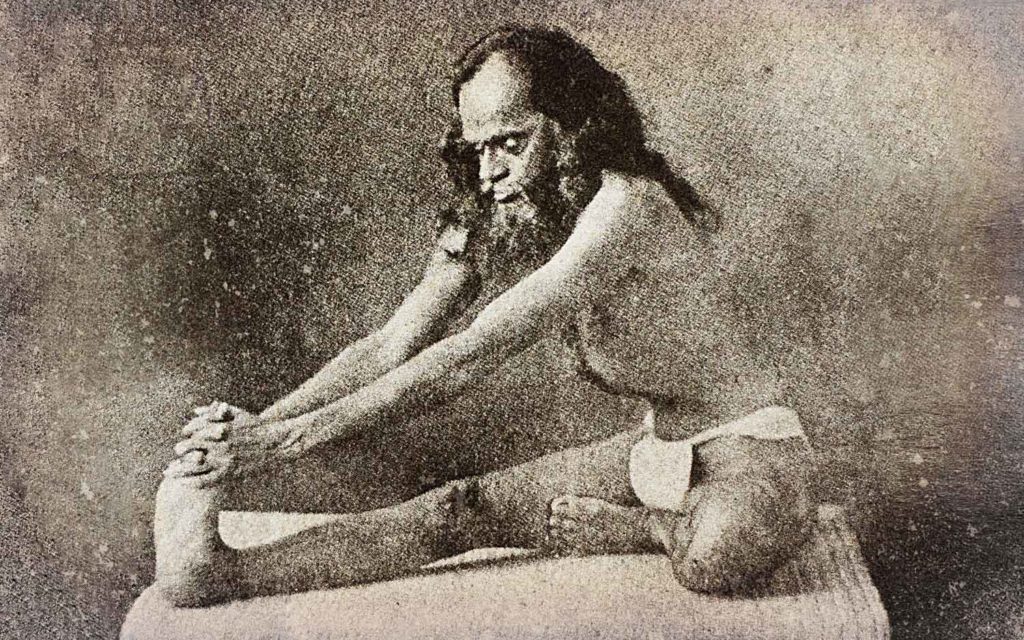
The original hatha yoga practices
To reverse the flow of the nectar of life and to awaken the kundalini the
Mudras
Mudras are a variety of techniques that mechanically raise
The number of mudras varies in different texts. The Hatha Yoga Pradipika describes eleven:
Maha mudra, maha bandha, maha vedha mudra, kechari, uddiyana bandha, moola bandha, jalandhara bandha, vipareeta karani mudra, vajroli mudra, shakti chalana mudra and shambavi mudra.
To give you an idea of what mudras are, I will describe two of them:
Swatmarama, the author of Hatha yoga Pradipika explains the powerful maha mudra like this:
Press the left heel into the perineum, straighten the right leg and with the hands firmly take hold of the outstretched foot.
By locking the throat and retaining the breath the prana rises from straight, just like a snake beaten with a stick becomes straight.
So the kundalini shakti becomes straight at once. Then the two (Ida
Hatha Yoga Pradipika, Verses 3-10 to 3-12, Swami Satyananda’s edition from 1985
and Pingala) becomes lifeless as the shakti enters Sushumna.
A little later in the same chapter, he describes another mudra of paramount importance, the kechari mudra:
Kechari mudra is turning the tongue backwards into the cavity of the cranium and turning the eyes inwards towards the eyebrow centre.
Hatha Yoga Pradipika verse 3-32 , Swami Satyananda’s edition from 1985
The “cavity of the cranium” is the space in the nasal cavity above the pallet. Very few people can insert their tongue here without thorough preparation, either by prolonged stretching of the frenum or by cutting it.
Bandhas
Bandhas are very similar to mudras and used in combination with them. Bandha means
In modern fitness yoga, the bandhas (like so much else) are misunderstood. The other day I came across a charming young woman on Instagram who referred to bandhas as the contraction of core muscles. The purpose was according to her to give stability to yoga poses. This is a creative interpretation and an attempt to give meaning to a hatha yoga concept in an alien context.
Pranayama
The breath, mind and prana are linked. Therefore, according to the Goraksasataka, the goal of hatha yoga is attained through the conquest of the breath. Since the breath is so important, the
“Today the physical practice of yoga is popularly identified with bodily postures, but in pre-modern India it was breath control that was the defining practice of physical yoga.”
Mallinson and Singleton in the Roots of Yoga p127
In Sanskrit texts, pranayama is equated with tapasya (practices of austerity). According to the medieval masters, pranayama brings about the purification of the subtle energy vessels. These exercises are rigorous. For some practices, the yogi holds the breath until the body starts trembling. The Siva Samhita suggests the yogi should learn to hold the breath for more than an hour.
Shat karma
Another type of physical exercises that are characteristic to traditional hatha yoga are the physical cleaning processes, the shat karmas. These are absent in the earliest texts but included in the synthesis presented in the Hatha Yoga Pradipika. Malisson argues that the shat karmas might have been ayurvedic therapies. In hatha yoga, their role is to prepare the body for more subtle practices. Personally, I think they are a great addition.
The cleansing processes described in the Hatha Yoga Pradipika are neti, dhauti, nauli, tratak, kapalbhati, basti.
Neti is the cleansing of the nose with salt water or with a waxed string. The digestive system can be cleansed with
By the six karmas (shat-karma) one is freed from an excess of the doshas. Then pranayama is practiced and success is achieved without strain.
Hatha Yoga Pradipika 2-36, Swami Satyananda’s edition from 1985
Pratyahara, dharana, dhyana and samadhi
Hatha yoga shares many elements with other ancient yoga systems. Such as pratyahara (abstraction),
Yoga postures are secondary in hatha yoga
If the breath is much more important than poses in authentic hatha yoga, then what role did the poses play?
The word asana actually means seat. In classical yoga, the word asana describes poses suitable for meditation. Goraksasataka mentions only two asanas: padmasana and vajrasana.
Later texts describe more asanas. In the Hatha Yoga Pradipika, there are 15. However, eight of them are meditation poses. Three are other sitting poses, and one is the lying down pose savasana. Fast forward to the 17th century and the Hatharathnavali. It is the first text to name 84 poses. Most of them are sitting poses, some are poses done lying down on the back or the belly or poses done supported by the hands. Only one pose is done standing.
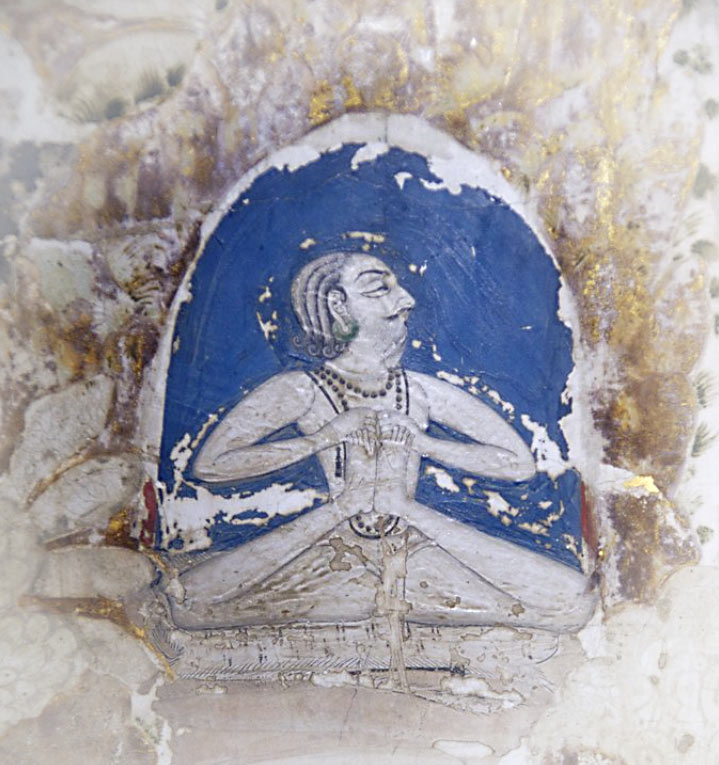
An even more recent text, the Joga Pradipika from 1737 also describes 84 asanas. All poses except 12 are sitting poses, mostly difficult meditation poses. Among these 12 poses three are inversions, eight are done lying down and one,
Modern asana
The dynamic standing poses emblematic for modern physical yoga are absent in Sanskrit hatha yoga texts, even in the most recent ones. The same goes for the elaborate static asanas of modern yogis such as BKS Iyengar’s.
Mark Singleton dedicated his doctoral thesis to modern postural yoga. In his book from 2010 titled Yoga Body, the origins of modern posture practice, he convincingly explains how methods such as Scandinavian gymnastics and other exercises done by the British army shaped the modern physical yoga that has taken the world by storm.
Modern yoga is inspired by the poses of late hatha yoga formulations
The practice that present-day yoga studios present in hatha classes are inspired by the asanas from the latest formulations of authentic hatha yoga. However, most poses are new. And most of the practices that made up the core of the original hatha yoga have been removed.
Modern asana-based yoga is a recent invention. In its best manifestation, modern yoga is an excellent supplement for
Where can you find authentic hatha yoga today?
Hatha yoga flowered during the middle ages. Today even among the monastic orders in India, hatha yoga has all but disappeared, even within the Natha Sampradaya which for centuries maintained this knowledge.
Nowadays teachers who master these techniques are rare. This is the case in the West as well as in India. But you can find them. Below I present some present-day traditions that still practice and teach the methods presented in this article. Please note that contemporary lineages that teach the most subtle techniques of original hatha yoga often call this type of practice Kriya Yoga.
The tradition of Swami Satyananda
In my own tradition, that of Swami Satyananda Saraswati, the full range of hatha yoga techniques is present. Swami Satyananda Saraswati was a sannyasin in the Dasnami order – the order of ten names. It is the order that is historically linked to hatha yoga and inside which some of the latest Sanskrit texts were written.
Satyananda’s yoga system is a synthesis of old and new techniques. In my opinion, Satyananda has integrated the novelties in a coherent way so that they give good support for the advanced techniques. However, since Satyananda stopped teaching these techniques himself the Bihar school of yoga has lost much in terms of hatha yoga.
Luckily my teacher, Swami Janakananda, has spent his entire life passing on the techniques as he learnt them himself directly from Satyananda in the sixties. At the age of eighty, he is still teaching at Haa retreat centre in Sweden.
The tradition of Lahiri Mahasaya
I am aware of a few other I
Tibetan traditions
It appears to me as if some Tibetan traditions still practice variations of authentic hatha yoga.
Advanced yoga practices AYP
Another modern yoga system that deals with authentic hatha yoga
